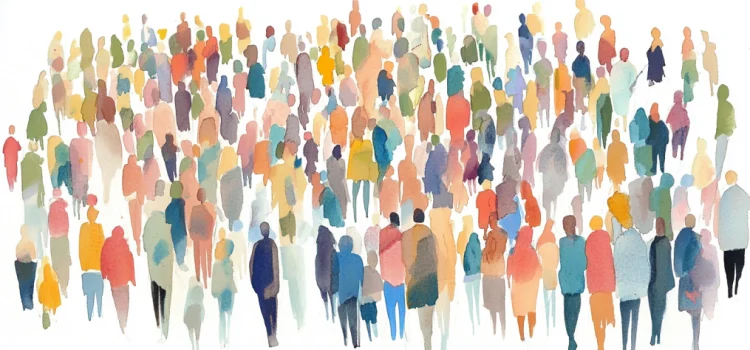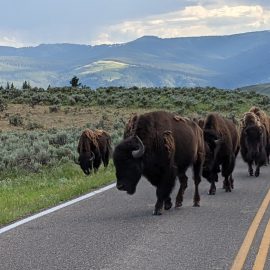

This article is an excerpt from the Shortform book guide to "The True Believer" by Eric Hoffer. Shortform has the world's best summaries and analyses of books you should be reading.
Like this article? Sign up for a free trial here.
What is a mass movement? What drives people to join them? What makes these movements so powerful and influential?
In his book The True Believer, Eric Hoffer explores the psychology behind mass movements. He delves into why certain groups captivate those feeling alienated or discontented. This article will examine Hoffer’s insights and their relevance to today’s global landscape.
Continue reading to learn what mass movements are and why it’s important to understand them.
What Is a Mass Movement?
In The True Believer, self-educated philosopher Eric Hoffer examines the psychological foundation of political, social, and religious movements and uncovers why they captivate those feeling alienated or discontented. This book not only offers a lens through which to view historical events but will also equip you with a deeper understanding relevant to today’s rapidly changing global landscape.
So, what is a mass movement? We’ll cover Hoffer’s description of mass movements and explain why it’s important to understand how they take hold.
(Shortform note: While Hoffer offers an in-depth analysis of mass movements, he doesn’t provide a precise definition. For our purposes, we’ll define mass movements as collective endeavors driven by widespread dissatisfaction.)
According to Hoffer, the potency of mass movements lies in their ability to harness human emotions and convictions, turning personal grievances into collective action. They mobilize people who are searching for a sense of belonging, identity, and purpose toward a shared goal or vision—often with the promise of radical social change.
(Shortform note: Historian Beverly Gage differentiates between “moments” of social activism and sustained mass movements, as discussed by Hoffer. She argues that a “moment” only transforms into a “movement” when it achieves sustained long-term action and meaningful impact, influencing societal norms and policy.)
Why Is It Important to Understand the Nature of Mass Movements?
Hoffer argues that it’s important to analyze mass movements because of their lasting impact on societies. He suggests that understanding the psychological underpinnings and dynamics of these movements helps us better understand why they can have such widespread appeal. Hoffer argues that if we understand why mass movements start and how they operate, we can prevent the potential damage they can cause, including oppression and violence, while also leveraging the power of mass movements for positive social change.
| Four Types of Social Movements Hoffer focuses on the psychological appeal of mass movements in general and doesn’t go into detail about different types of mass movements. Sociologist David Aberle’s 1966 classification system for social movements offers a helpful complement to Hoffer’s psychological analysis, providing a lens through which we can understand the goals and impacts of movements on a broader level. Aberle identified four types of social movements based on their goals and the level of change they seek: 1. Alternative social movements have the narrowest scope, seeking limited change in individuals. They aim to change specific behaviors but not major social structures. For example, a local initiative promoting cycling over cars to reduce carbon footprint is an alternative social movement, as it focuses on a specific behavioral change. 2. Redemptive social movements aim for more radical change but still focus on the individual level. Such movements seek to completely transform the lives of their participants. Alcoholics Anonymous is a redemptive social movement, as it aims to radically transform individuals’ lives by supporting participants’ sobriety. 3. Reformative social movements target broader societal change, seeking to change societal norms and policies across a wide range of issues. The climate justice movement, which seeks widespread policy reform, is an example of a reformative social movement. 4. Revolutionary social movements seek to completely overhaul the structure of society. They desire radical shifts in societal organization and governance, often envisioning a completely new social order. The Bolshevik Revolution of 1917, which sought to completely overthrow the existing social structures in Russia and install a communist government, is an example of a revolutionary social movement. |

———End of Preview———
Like what you just read? Read the rest of the world's best book summary and analysis of Eric Hoffer's "The True Believer" at Shortform.
Here's what you'll find in our full The True Believer summary:
- Why people are drawn toward mass political, social, and religious movements
- Four types of people who are particularly susceptible to mass movements
- How mass movements evolve and why they succeed






